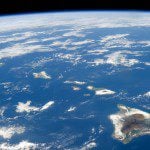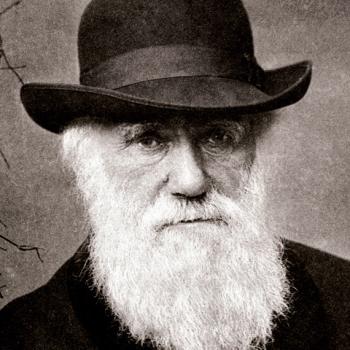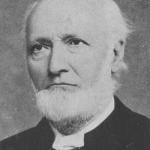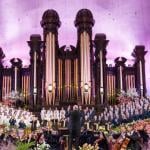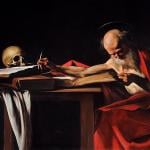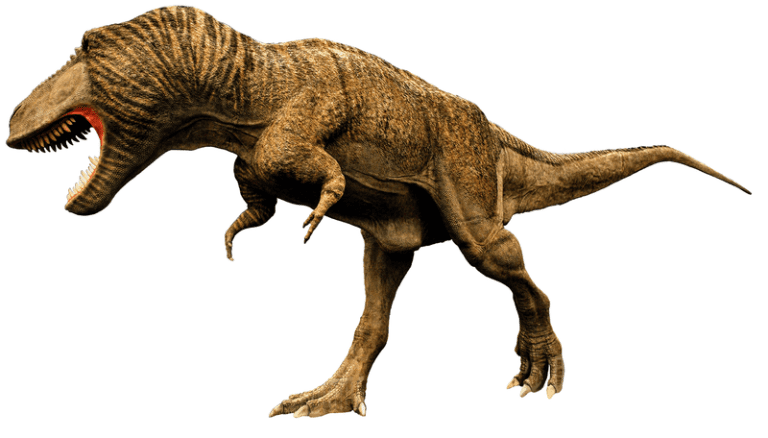
Sosnowiec Tyrannosaurus sculpture, from the family picture album
(Wikimedia Commons public domain image)
***
But, first:
A few of my odd but obsessive anonymous critics will be unsurprised at my life-long interest in Tyrannosaurus rex; they’ll surely point out the almost embarrassingly obvious family resemblance between me and the dinosaur with regard to our character and temperament. Nonetheless, I press forward. This latest find, if it’s being properly interpreted as showing Tyrannosaur gregariousness — my giant lizard spiritual cousins apparently didn’t practice social distancing — may make my otherwise implausible claims to have actual friendships and genuine social interactions somewhat less difficult to believe:
For more on the Rainbows and Unicorns Quarry, see here.
There is an enduring mystery here, though: I’ve been reliably informed by anonymous total strangers that I’m a young-earth creationist who believes this planet to be no more than a few thousand years old, and I certainly can’t doubt what they say. And yet I’ve always accepted the evidence for dinosaurs living in the Mesozoic Era from about 245 million to roughly 66 million years ago. I don’t know how to reconcile these seemingly incompatible facts about myself. Yet one of them comes from direct personal knowledge and the other comes from sources who would surely never, ever, lie about me.
***
Incidentally, just to continue with the pretense that I have actual friends, a pair of them took me and my wife out to Valter’s Osteria Tuesday evening. I had never even heard of the place before, let alone eaten there. But wow. It was a really enjoyable reminder of how remarkably good very good food can be. One of the best meals I’ve ever had, I think.
***
And, by the way, the meal that we had was designed and intentionally created. It didn’t arise by chance. With that in mind, I now share a few notes that I’ve extracted from a prior reading of Thomas Dubay, The Evidential Power of Beauty: Science and Theology Meet (San Francisco: Ignatius Press, 1999):
I have the impression from reading popular literature dealing with the early alleged “cosmic soup”, from which life is supposed to have developed, that the writers and their readers feel that the soup was a random and rather homogeneous mixture. On the contrary, Stanley Jaki tells us that, in the succession of stages through which the expanding cosmos developed, baffling asymmetries occurred. “Discovery of some anomaly in the decay of the K2 mesons led for instance to the recognition that ten billion and one protons had to be on hand for every ten billion anti-protons if the present preponderance of ordinary matter in the universe is to be accounted for.”
Yet the uniformity in all directions of the background radiation from the first moment, a cold afterglow still bathing the entire universe, “had to be set up by astoundingly uniform initial conditions in the Big Bang. If the radiation”, observes astronautical engineer Eugene Mallove, “were not highly uniform. (217), for various reasons the temperature of space would now be intolerably high and the universe could not support chemically organized life.” (217)
Not personally pretending to relevant scientific expertise, I would love to hear from people who know whether the statements above are still (or ever were) accurate.
Mallove has set down three more traits. One is that atoms be bound together just exactly as they are bound, neither more nor less tightly. Another is that stars burn precisely at the rate that they do, slowly consuming themselves over billions of years. A third is that space and time expand at exactly the rate that they do, neither more nor less slowly. Scientists find these exactitudes astonishing because “our universe is set up to do three very unusual things: foster the complexity epitomized by life, permit highly complex objects to stay intact over long periods of time and yet allow for gradual change that can lead to even greater complexity.” He concludes that no matter how we might try to imagine more simple possible universes, in almost any of these “the odds for the development of anything as complicated as life — no matter how you imagine it — would be nil.” More reasons to kneel. (218)
Our final example occurs deep within the roaring nuclear infernos we call stars. In them are manufactured the heavy elements absolutely indispensable for our human bodies to work. McCabe puts the matter well. Human life could not have happened except “for the occurrence of thermo-nuclear synthesis in the stars to build up heavy elements necessary for the correct functioning of our protein structure. For example, the metal zinc is an essential component of one of our digestive enzymes: so also iron for the formation of haemoglobin. Modern bio-chemistry demonstrates the enormous complexity of what used to be called ‘the simple cell’ and how extraordinarily critical are the conditions necessary for the correct functioning of an enzyme inside a cell which may contain as many as 2,000 different enzymes.” The reader will notice here how the macrocosm is marvelously and causally connected with the microcosm, while both are indispensable for what we have called the midicosm, the realm in which I at this moment write this sentence and you read it at another moment. All this is more stunning and compelling evidence of an original plan of most elegant beauty. (218-219)
When we ponder the history and the present state of our universe, “one cosmic specificity leading to another, and in staggeringly exact and specific quantitative terms”, we easily understand why cell biologist E. J. Ambrose “sees with wonder a mastering intelligence at work”. Henry Margenau, associate of Einstein and Heisenberg, called the anthropic principle “absolutely convincing” evidence of a Creator, and astronomer Robert Jastrow has declared that it is “the most theistic result ever to come out of science.” (220)
Dubay quotes the late biochemist Lewis Thomas:
I cannot make my peace with the randomness doctrine: I cannot abide the notion of purposelessness and blind chance in nature. . . . It is absurd to say that a place like this place is absurd, when it contains, in front of our eyes, so many millions of different forms of life, each one in its way absolutely perfect. (cited on page 200)
He also cites the physicist Henry Pierce Stapp, of the University of California at Berkeley:
[E]verything we know about nature is in accord with the idea that the fundamental processes of nature lie outside space-time but generate events that can be located in space-time. (cited on page 200)
And the illustrious twentieth-century physicist and Nobel laureate Werner Heisenberg:
If from the indubitable fact that the world exists, someone wants to infer a cause of this existence, his inference does not contradict our scientific knowledge at any point. No scientist has at his disposal even a single argument or any kind of fact with which he could oppose such an assumption. This is true, even if the cause — and how could it be otherwise — obviously has to be sought outside this three-dimensional world of ours.” (cited on pages 200-201)
And, to conclude for this blog entry, he also cites the biochemist Michael Behe:
The observation of design flows completely from the observations of science. It’s not deduced from going into a sacred book and seeing what is written there. (cited on page 201)




